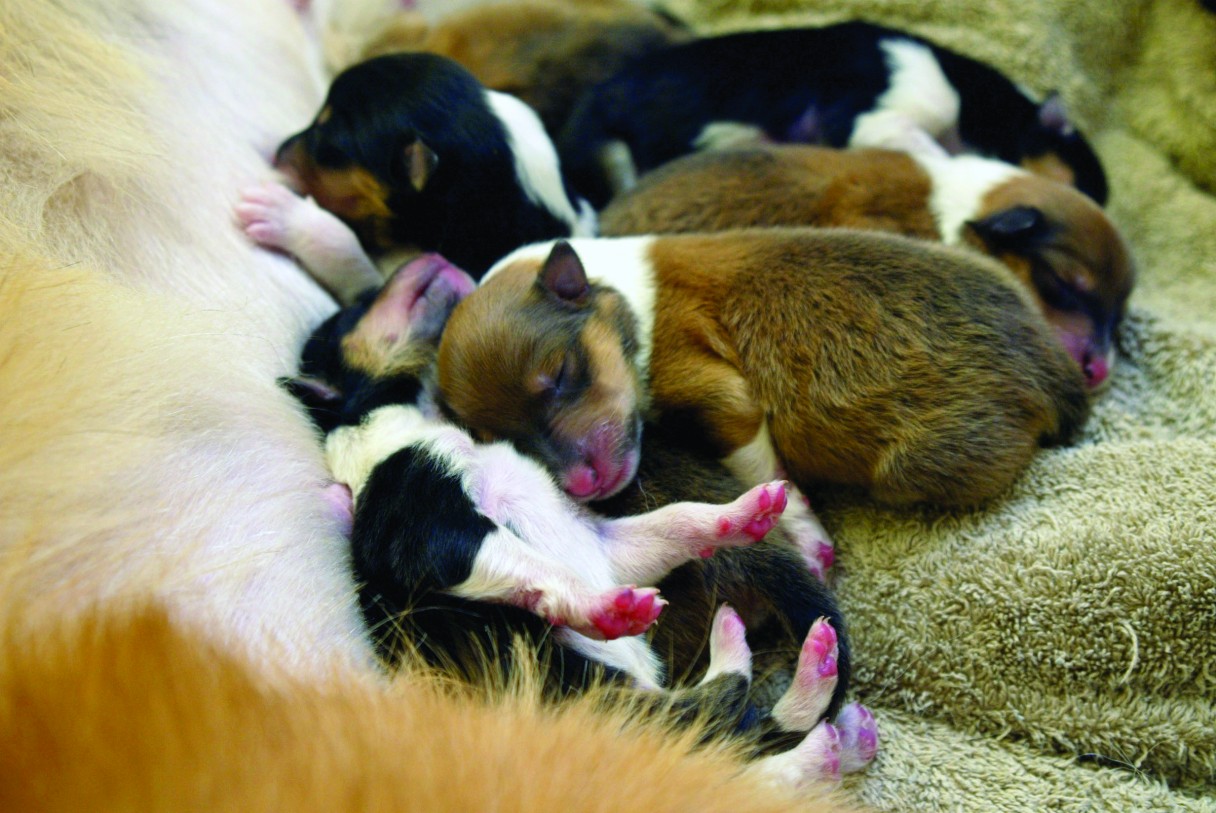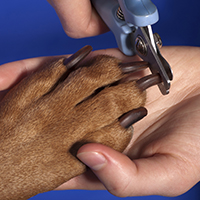The aging process affects all of us sooner or later. It can be incredibly hard watching our once robust energetic companions becoming sedentary and struggling with mobility issues. There are a variety of factors that play a role in the aging process. Some of these factors are genetics, environment, stress, nutrition, lack of exercise, and whether or not your dog is a mixed breed or purebred. The physical condition of your dog is also important, because obese animals live shorter, less quality lives. Dogs that live inside and are a member of the household live far longer than those that are kept outdoors.
Many owners attribute specific changes in their dogs to them becoming arthritic or merely old age. Some of these recognizable changes are a decreased appetite, decreased activity, change in sleeping patterns, or forgetfulness.
Signs such as weakness, lethargy and exercise intolerance can mimic other disease processes of older dog health conditions. Some of the more common diseases in older animals are endocrine disorders and neoplasms. These conditions have associated neuromusculoskeletal involvement and can cause hyperadrenocorticism, hyperparathyroidism, osteosarcoma, insulinoma and hypothyroidism.
Muscles and bones will also diminish with age. A decrease in calcium absorption results in decreased bone mineral content causing the cartilage to deteriorate from the altered biomechanical integrity and lessened tensile strength. The most common problem is the osteoarthritis that sets in an older dog.
Malignant bone tumors such as osteosarcoma, chondrosarcoma, fibro sarcoma and hemangiosarcoma are common in older dogs. In addition to these, there are conditions of the nervous system such as myelopathy and neoplasia. Cognitive dysfunction is part of the aging dog as well as short term memory loss.
Having a dog that is 8 years or older requires a screening program to maintain their wellness. An appropriate exercise program, nutrition and health care regime for the dog needs to be applied for the ultimate in longevity. The owner needs to know the responsibilities involved with taking care of their lifelong companion for their golden years.
Many factors need to be monitored. Among these are the dogs' changes in water and food consumption, any rapid weight loss, abnormal urination or defecation, changes in activity level, vomiting or diarrhea. There will be changes in hair coat, skin, vision and hearing. All of these changes should be recorded and monitored.
Pain management of arthritis in dogs should be managed by low impact exercise such as swimming and short leash walks on a consistent daily basis. Nonsteroidal anti-inflammatory drugs should be used with caution. Surgical management is only recommended if absolutely required. Changes in lifestyle, weight loss and various physical modalities are used to reduce the reliance on pain medications to control pain and discomfort.
There are some slow-acting disease-modifying agents available in the form of nutraceuticals. They are more beneficial in the early stages of osteoarthritis than in the later stages. They exert a positive influence on the cartilage health by providing the precursors necessary for maintenance and repair.
Glucosamine and chondroitin sulfate have been shown to significantly improve the cartilage metabolism. The extracellular and intracellular mechanisms are stimulated by the chondroitin sulfate and also inhibit the degradative enzymes found in the cartilage and synovium.
Polysulfated glycosaminoglycans have improved stifle ROM and the health of dogs recovering from stifle stabilization surgery.
Hyaluronic acid is a major component of synovial fluid and cartilage. This increases the synovial fluid viscosity, reduces inflammation and prostaglandin production.
Before initiating any kind of exercise program, joint instability should be corrected. No exercise should be forced upon the dog during exacerbation of the arthritic condition because the inflammation may increase. In preparation of exercising a warm up of the muscle groups should be done. This promotes blood flow to the area and decreases pain and muscle stiffness.
Swimming and walking in water are some of the best activities you can do with your dog. The buoyancy of water reduces the impact on the joints while promoting the muscle strength and joint motion. A cool down period should attuned be initiated after a workout, with cold packs applied to painful areas. This reduces any post inflammation and pain while decreasing muscle spasms and swelling that may occur.
Be it dog arthritis or some other ailment of age, our loving companions are there for us and we need to be there for them. There are many health complications that can arise with age, and we need to be aware of them and attuned to our pet. Knowing what to watch for and being prepared is half the battle. The love between you and your dog will surmount many challenges.

 Advice from the Breeder: Tom Coen, Macdega Shetland Sheepdogs
My advice to others over the years
Advice from the Breeder: Tom Coen, Macdega Shetland Sheepdogs
My advice to others over the years
 Safely Enjoy the Football Game with Your Dog: Beware 13 Dangerous Foods
Safely Enjoy the Football Game with Your Dog:
Safely Enjoy the Football Game with Your Dog: Beware 13 Dangerous Foods
Safely Enjoy the Football Game with Your Dog:
 The Doberman Breeder: An Endangered Species?
Anti-breeding ways of thinking dist
The Doberman Breeder: An Endangered Species?
Anti-breeding ways of thinking dist
 8 IMPORTANT Tips to Keep Dogs Safe This Summer
8 IMPORTANT Tips to Keep Dogs Safe This Summe
8 IMPORTANT Tips to Keep Dogs Safe This Summer
8 IMPORTANT Tips to Keep Dogs Safe This Summe
 How to Make Your Own Paw Balm for Winter
To some dogs (especially breeds bui
How to Make Your Own Paw Balm for Winter
To some dogs (especially breeds bui